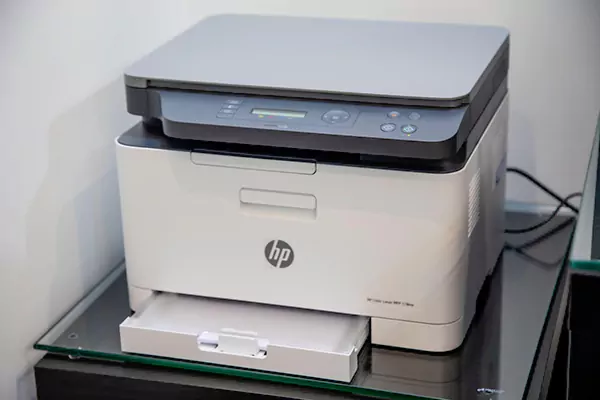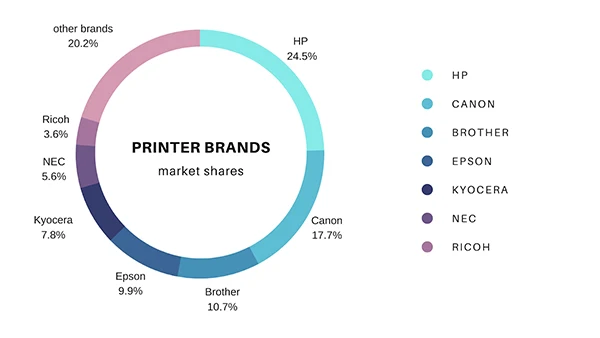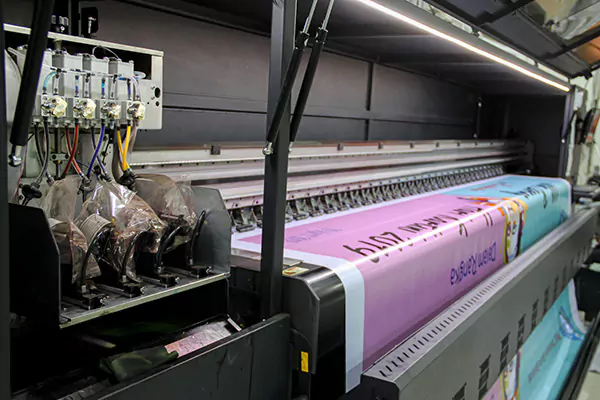
Printers are often the unsung heroes of our daily lives, especially if you work in a busy office environment or have a job that revolves around documentation.
Printers continually churn out documents, photographs, and the latest odds from the best sports betting apps in Florida, among other necessary paperwork; we expect them to do so at our beck and call.
However, despite their importance to us, their maintenance often takes a backseat until something goes wrong – usually a print job failing, a dreaded paper jam, or faded ink!
Maintaining your printer, regardless of the price being a $100 machine bought from Amazon or the behemoth in the corner of the office, should be something you do regularly.
Regular maintenance helps prevent issues, improves efficiency, and increases the machine’s longevity. Thankfully, managing a basic copier isn’t all that hard, as you are about to discover.
Understanding The Different Printer Types
Types of printers tend to come in one of three shapes: laser, inkjet, and multifunctional copiers.
Each requires different maintenance due to how they work, so understanding the basics of each machine is something you must know before you can keep them running to the best of your ability.

The above image shows the market shares of the popular printer brands.
Laser printers are what most offices have installed; they are the workhorses of the printing world. Laser ones use dye cartridges and a fusing system to bond the toner to paper through heat.
Their maintenance tends to be simpler, like replacing dye cartridges and cleaning the interior from stray toner and dust.
Inkjet printers are the common type of home copiers that you can find anywhere. They spray liquid pigment onto the paper and often demand regular upkeep.
Think along the lines of proper ink usage, avoiding dry-outs, and print head cleaning, and you are somewhere near.
Multifunctional printers are also common in the home, and they combine printing with scanning and sometimes faxing. These require a broader maintenance approach depending on their functionalities.
Essential Printer Maintenance Tips
Keeping your printer clean, inside and out, is arguably the most important maintenance you can perform. These devices require you to clean the dust and debris, so regular cleaning with a soft, lint-free cloth and approved cleaning solutions is vital to its continued operation.
You should also be mindful of ink and toner usage, and allowing the toner cartridges or ink to run completely dry is not advised.
Allowing these components to become empty can damage the toner drums or the printer heads, which are costly to repair. Instead, replace them before they are empty.
In addition, only use pigments or toners recommended by your printer manufacturer. These tend to be costlier but are the perfect consistency for your machine and only contain chemicals that do not damage the device.
Did You Know?
The first continuous inkjet printing system was developed in 1867 and was known as a Syphon recorder.
You may not think it, but the quality of the paper you use in the printer is part of the maintenance routine. High-quality paper helps reduce the risk of jams and ensures print quality.
Cheaper paper may reduce your office’s running costs, but it comes at a price because cheap ones can leave a residue that impacts your device’s performance.
Moreover, cheaper, thinner paper can allow pigment to soak through, which leaves a build-up in the interior over time.
Ensure you keep the firmware and drivers up to date that’s why manufacturers release updates that improve efficiency, performance, and your printer’s security; the latter is particularly important if your device allows wireless printing.
Lastly, shut down your printer correctly when it is not in use because it is like any other machine in that it benefits from rest periods to cool down and reset.
If you work in an environment where the office printer is continually on the go, consider investing in a second machine to reduce the strain.
Long-Term Maintenance
Although the basic steps outlined above will often be enough to keep your printer in top working order, it pays to have a longer-term maintenance strategy.
Implement a regular management schedule where someone performs daily checks (maybe once or twice per week) and another once a month or every couple of months, depending on how much use your device gets.
Occasionally deep cleaning your printer is a good idea, so is checking the main components to ensure they move and operate as intended. It is also worthwhile calibrating your printer from time to time.

The above image shows the growth report of the commercial printing market in North America.
Each printer is different in this regard, but the process is almost always easy; check the copier’s user guide for details.
Those who operate high-traffic printers in a business setting should consider professional servicing. You will often find that the manufacturer offers a six-monthly or annual service, while third-party specialists provide similar services.
Remember that prevention is better than cure when it comes to machinery problems.
Although not strictly maintenance, keeping your printer in an environment free from dust and that is not too hot will reap dividends in the long run.
Keep your device away from heat sources like radiators or heaters, and ensure there is plenty of space around it to increase airflow, which helps keep its operating temperature down.
Conclusion

Printers require attention and care to maintain peak performance, like any other machine. You would not expect your car to run correctly without regular maintenance, so why would the printer be any different?
These are the unsung heroes of the office, until they suddenly stop working. Major component failure aside, printer issues are usually caused by a lack of general maintenance on the user’s part.
Following the simple tips and strategies highlighted in this article will extend your printer’s lifespan and ensure consistent, high-quality prints.
A little care goes a long way when keeping your printer running optimally and if you want high-quality, crisp prints every time you hit the ‘print’ button, look after your device.